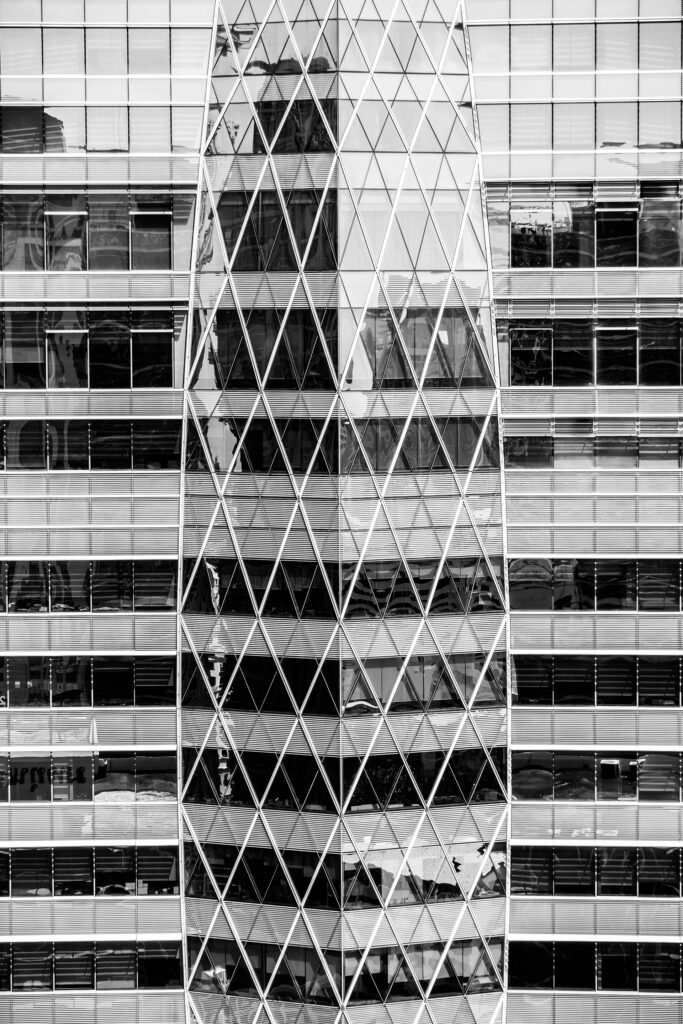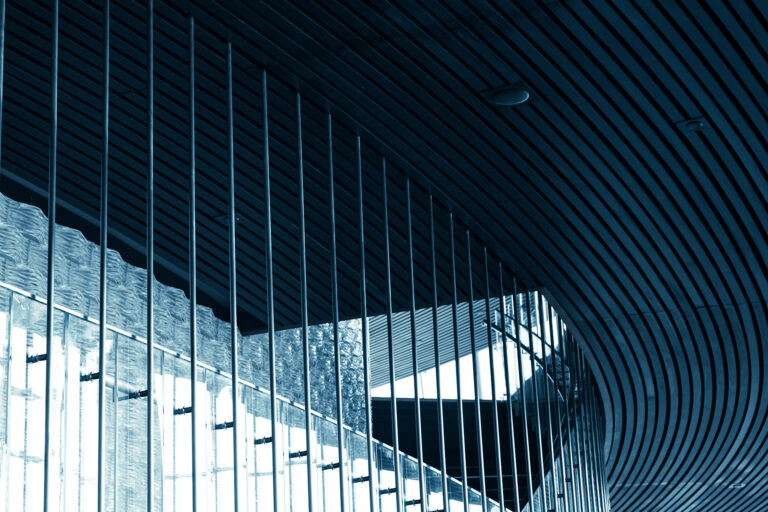
Brutalism is an architectural style that emerged in the mid-20th century, gaining prominence from the 1950s to the 1970s. The term “Brutalism” is derived from the French phrase “béton brut,” which translates to “raw concrete.” This architectural movement is characterized by its bold, geometric forms, raw materials, and functional design. Often polarizing, Brutalism has been both celebrated for its honesty and criticized for its perceived coldness.
Origins and Influences
Brutalism developed as a response to the post-war need for efficient, affordable housing and public buildings. Architects sought to create structures that were not only functional but also made powerful aesthetic statements. The style was heavily influenced by the works of Le Corbusier, particularly his design of the Unité d’Habitation in Marseille, France.
Key Characteristics
1. Materiality:
One of the most defining features of Brutalist architecture is the use of raw, unadorned materials, especially concrete. Steel and glass are also commonly used.
2. Geometric Forms:
Brutalist buildings often feature massive, block-like forms arranged in complex, asymmetrical compositions.
3. Exposed Structural Elements:
Structural components are left visible, emphasizing the building’s construction process.
4. Functionality:
Brutalist architecture prioritizes functionality, often leading to minimal ornamentation.
5. Integration with Urban Landscape:
Many Brutalist buildings are designed to stand out within their urban environments, creating a stark contrast with surrounding structures.
Notable Examples
1. Barbican Centre (London, UK):
A cultural and residential complex known for its fortress-like appearance.
2. Boston City Hall (Boston, USA):
An iconic example of Brutalist civic architecture.
3. Habitat 67 (Montreal, Canada):
Designed by Moshe Safdie, this housing complex features interlocking concrete units.
Criticism and Decline
Despite its initial popularity, Brutalism faced significant criticism. Detractors described the style as cold, uninviting, and oppressive. The heavy use of concrete often led to maintenance issues, and some Brutalist buildings fell into disrepair. By the late 20th century, the style had largely fallen out of favor, replaced by more polished and aesthetically pleasing architectural trends.
Revival and Reappraisal
In recent years, there has been a renewed interest in Brutalism. Architectural historians and designers have begun to appreciate the style’s boldness, honesty, and innovative use of materials. Preservation efforts are underway for many significant Brutalist structures, and the style has even influenced contemporary architecture.


No comments yet.